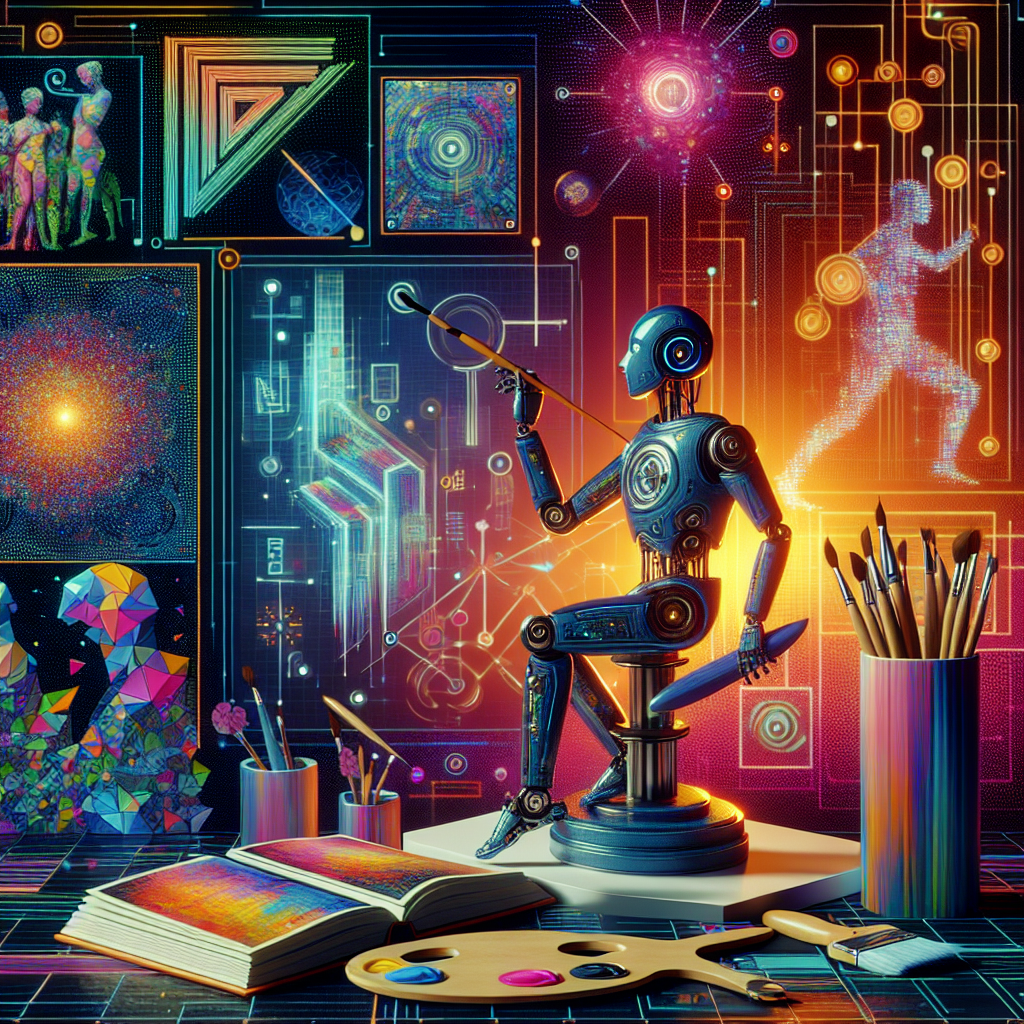Your cart is currently empty!
Unleashing the Potential of Artificial Intelligence in Art and Design

Artificial Intelligence (AI) has been making waves in various industries, transforming the way we work, communicate, and live. One area where AI has shown significant promise is in art and design. With the ability to analyze vast amounts of data and generate creative solutions, AI is revolutionizing the way artists and designers approach their craft.
One of the key advantages of AI in art and design is its ability to analyze trends and patterns in data to create innovative and unique designs. By feeding AI algorithms with large datasets of images, colors, and styles, artists and designers can generate new ideas and concepts that may not have been possible through traditional methods. This can help artists break out of creative ruts and explore new avenues of expression.
AI can also be used to enhance the creative process by providing artists with tools and resources to streamline their workflow. For example, AI-powered software can help artists generate sketches, layouts, and color palettes, saving them time and effort in the initial stages of a project. This allows artists to focus more on the conceptual and emotional aspects of their work, while leaving the technical details to AI.
Furthermore, AI can help artists and designers reach new audiences and markets by analyzing consumer preferences and trends. By using AI to predict what will resonate with consumers, artists can tailor their designs to meet the demands of the market, increasing their chances of success. This can help artists and designers stay relevant in a rapidly changing industry and expand their reach to a global audience.
In addition to aiding artists and designers in their creative process, AI can also be used to create interactive and immersive art experiences. From virtual reality installations to interactive digital art pieces, AI can help artists push the boundaries of traditional art forms and create new and engaging experiences for audiences. This can help artists and designers showcase their work in innovative ways and connect with viewers on a deeper level.
While AI has the potential to revolutionize the art and design industry, it is important to consider the ethical implications of using AI in creative fields. As AI becomes more integrated into the creative process, questions about authorship, ownership, and authenticity may arise. It is crucial for artists and designers to be mindful of these issues and ensure that their work remains true to their own vision and values.
Overall, AI has the power to unleash the potential of art and design, opening up new possibilities for creativity and innovation. By harnessing the capabilities of AI, artists and designers can explore new avenues of expression, reach new audiences, and push the boundaries of traditional art forms. As AI continues to evolve, the future of art and design looks brighter and more exciting than ever before.

Leave a Reply